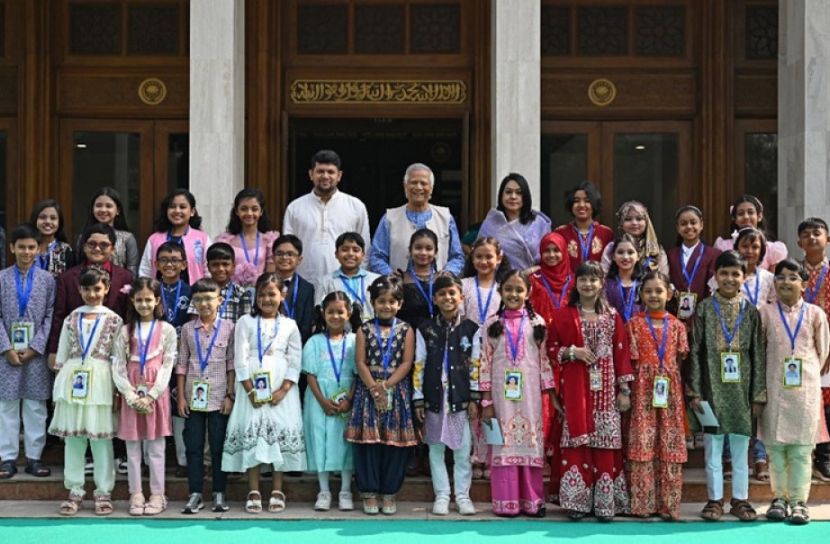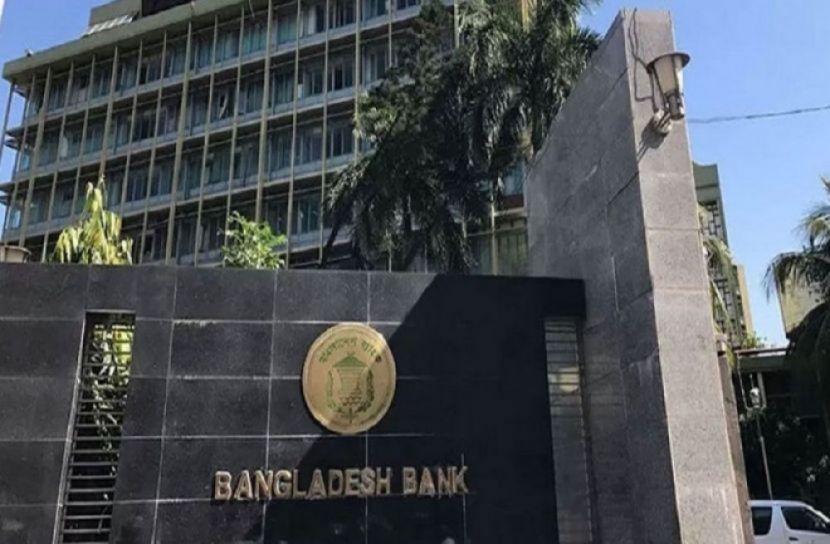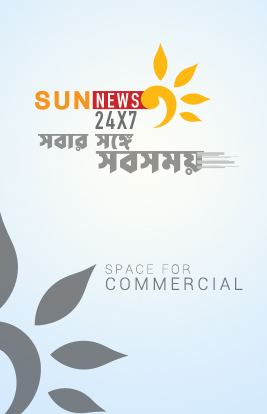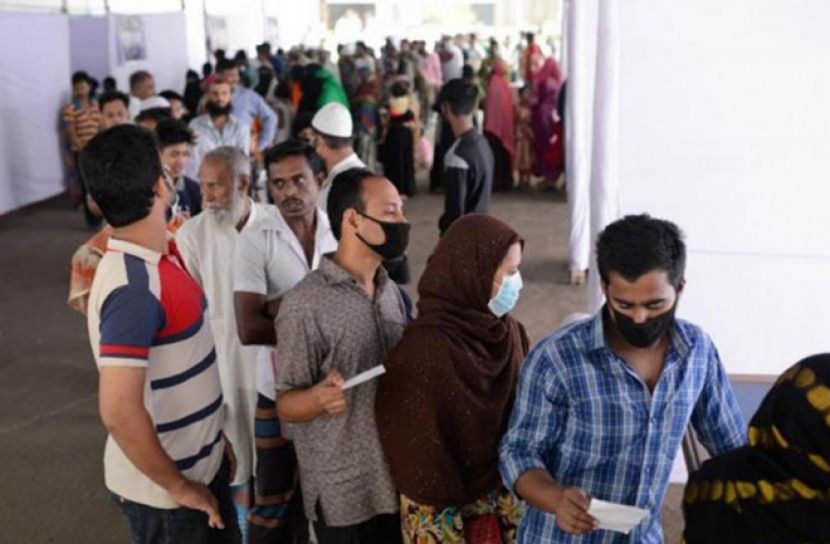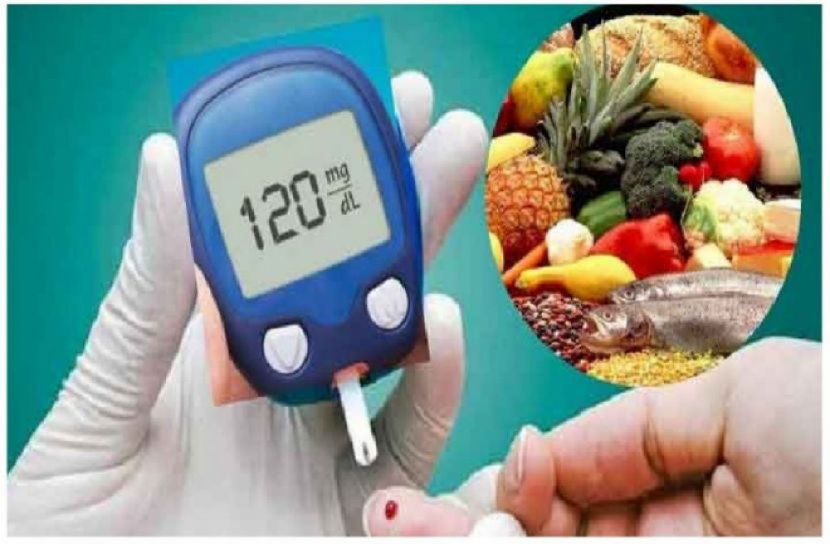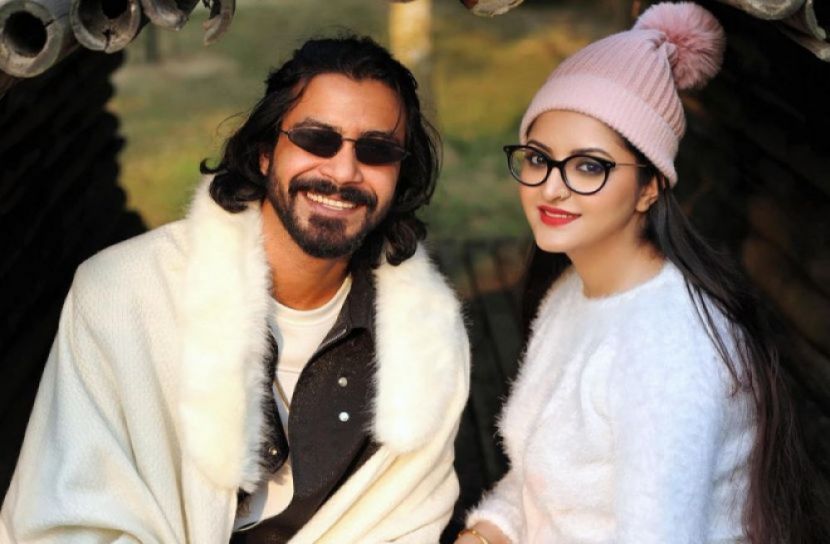Nahreen Tajree
The rapid escalation of the pandemic has seen an equally rapid increase in mental health issues of the general population, with the extent of it, dependant on an individual finding equilibrium between the hurdles of daily life, especially during a deadly pandemic, and, the ample availability of resources to cope with said hurdles.
When scraping the bottom of the barrel in looking for a silver lining, while handling the pandemic situation hand in hand with others, might seem far better than facing the tribulations of COVID-19 alone. However, for individuals already under the strain of a deteriorating mental health, the added burden of facing the overwhelming changes in life during a pandemic might really be the delivering coup de grace. Thus, consequently, the world has seen an up-scaling of mental health conditions like Obsessive Compulsive Disorder (OCD), and Somatization, which, when left uncared for, can degenerate to an extent, as to rendering a person extremely helpless.
Viewed under a more scientific lens, these disorders can be seen in causing the gradual collapse of neuronal circuits in the brain, particularly in parts including; the Thalamus, which translates neural impulses from various receptors to the cerebral cortex, and, the Amygdala, which perceives emotions like fear and danger. The added stress of coping with the pandemic and the life threatening events it might bring may cause the activation of the human Autonomic Nervous System (ANS), which in turn dials up the emergency defense mechanisms of the body in forming a quick response to any life threatening situation. If the first line of defense goes on to be disregarded, a “cry for help” may be triggered by the Ventral Vagal branch of the Parasympathetic Nervous System. Finally, the brain triggers the activation of the body’s “fight or flight mode” under the direction of the Sympathetic Nervous System.
However, when the sympathetic system is overridden, the body can show symptoms of Post Traumatic Stress Disorder (PTSD) and enervation, like hypervigilance, and startle response etc, as a result of the body’s stress axis being led to over-exhaustion. The body may still be sent further into a downwards spiral, once the Dorsal Vagal branch steps into the picture. As a result, it might lead to dissociative symptoms and complete immobilization and incapacitation of the body. Furthermore, the body may face infra-diaphragmatic visceral symptoms due to the Dorsal Vagal branch being active for a long period of time, which can, consequentially, be fatal.
The polyvagal theory suggests that the Automatic Nervous System has the starring role in life threatening situations, with the Vagus Nerve being essential in recognizing the aftermaths of trauma induced life alteration. People carrying such trauma memories in their ANS are often referred as hypochondriacs.
This overview helps us figuring out the array of differing responses, that can be evoked, from the same traumatic event, that all vary from person to person. The brain is the central organ in keeping tabs of the physical as well as emotional well-being of an individual, and it may be shocking to some to discover the way it processes a traumatic event and translates the resulting shock and trauma and translates it via a way a person carries themselves emotionally, as well as behaviorally. Our emotions exist for the purpose of guarding an individual from all kinds of dangers and bringing them, into safety. An example of this can be the feeling of fear that an individual can feel that, as a result, alerts them and brings them out of said danger. However, when a person’s emotions are repressed or trapped due to a traumatic experience, it can result in the trigger of repeating unproductive thoughts, which can preclude an individual from taking biologically programmed initiatives to bring them to safety. OCD can be considered as one of the responses of a traumatized brain, where a person with obsessive thoughts can be seen as having compulsive behaviors such as excessive sanitization etc. used as a coping mechanism , which at its extreme, morphs into a mental disorder.
Aiding in dealing with the effects of OCD and somatic symptoms, aside from the obvious pharmacological support, cognitive therapy and somatomotor therapies are an additional, which exist in engaging immobile body parts and a rational use of the brain, catalyzing the process of bringing an individual out of their trauma induced state. Additionally, in order to restore balance to the ANS, one may also opt for normal human interactions, as well as rhythmic body movements, breathing exercises, meditation etc, to put the body and mind at ease from its past turmoil.
In order to treat mental health issues, we as a society, must first acknowledge the importance of mental health in the first place, especially those of the youth to ensure the future prospect of healthy living of the future generations. It is not to be stigmatized or treated as a taboo, and when the day arrives where mental illness is treated equally to other common illnesses, perhaps we will be able to see people having the courage in taking the initiative to seek help and better their lives.
Sun News/ RS
Copyright © Sunnews24x7










